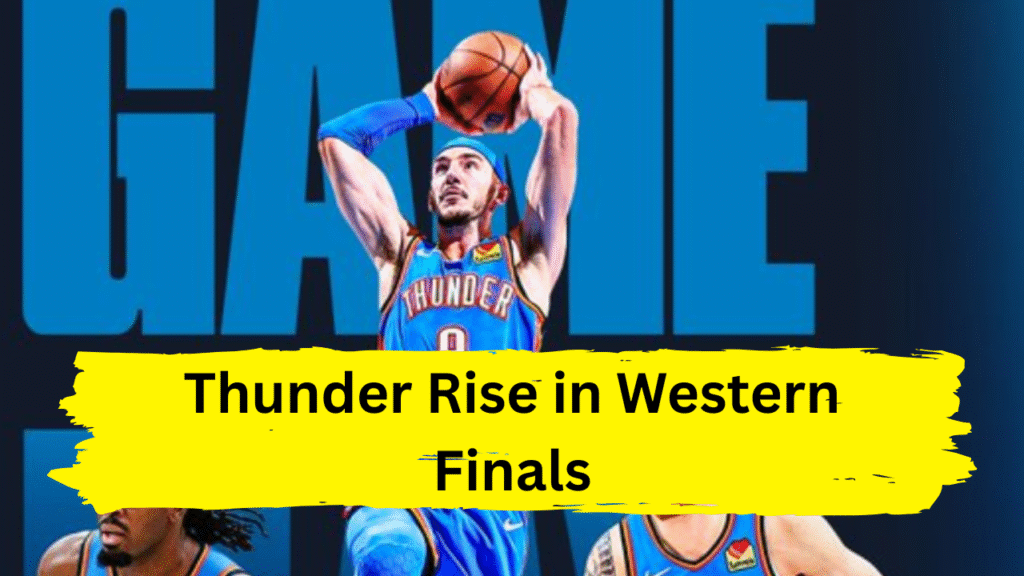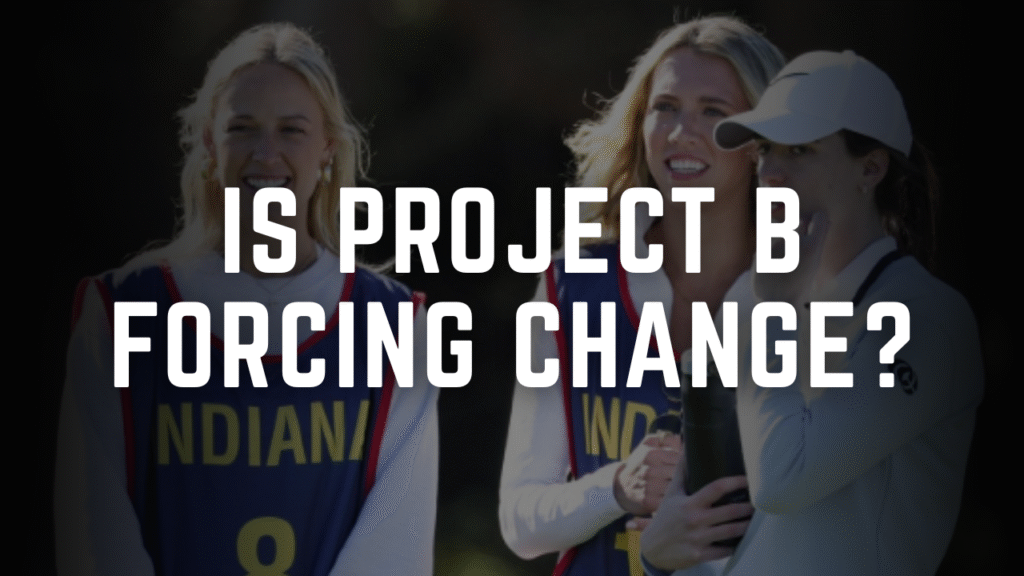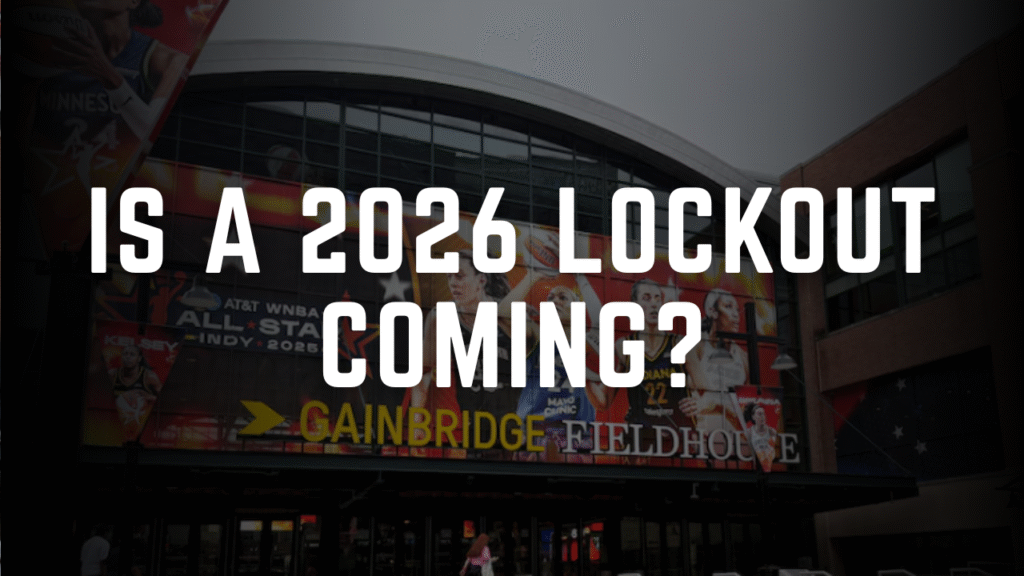The Oklahoma City Thunder’s journey to the 2025 Western Conference Finals is a testament to the power of patience, strategic team-building, and the emergence of a young core that has electrified the NBA. As they prepare to face the Minnesota Timberwolves in Game 2, the spotlight shines brightly on Chet Holmgren, whose rookie season has defied expectations and redefined the Thunder’s trajectory. Alongside him, veterans like Alex Caruso and Kenrich Williams, along with superstar Shai Gilgeous-Alexander, have forged a roster that blends youthful exuberance with seasoned grit. This playoff run isn’t just about winning games—it’s about announcing the arrival of a new powerhouse in the NBA.
At the heart of Oklahoma City’s success is Chet Holmgren, the 7-foot-1 phenom whose impact transcends traditional rookie narratives. After missing his first season due to injury, Holmgren has silenced doubters with a campaign that marries rim-protecting dominance with offensive versatility. His ability to stretch the floor as a three-point shooter, coupled with his shot-blocking instincts, has made him a cornerstone of the Thunder’s identity. In Game 1 against Minnesota, Holmgren’s stat line—18 points, 12 rebounds, and 4 blocks—underscored his dual threat. But his influence runs deeper: he alters opponents’ shot selections, communicates defensive assignments like a veteran, and provides the Thunder with a backbone they’ve lacked since the days of Serge Ibaka.
Questions about Holmgren’s availability for Game 2 swirled briefly after he appeared to tweak his ankle in the series opener. However, the Times of India confirmed he is fully healthy and expected to start, a relief for Thunder fans. His presence is non-negotitable for Oklahoma City’s scheme, which relies on his ability to neutralize Karl-Anthony Towns and anchor transition defense. Holmgren’s journey to this stage—from a redshirt rookie to a playoff linchpin—embodies the Thunder’s ethos of growth through adversity.
While Holmgren’s rise captivates headlines, the Thunder’s supporting cast has been equally vital. Alex Caruso, acquired in a savvy offseason trade, has become the team’s defensive heartbeat. His relentless on-ball pressure, knack for steals, and playoff experience have provided stability in high-stakes moments. In Game 1, Caruso’s deflection leading to a critical fast-break dunk encapsulated his value: he’s the glue that turns defensive stops into offensive opportunities. Alongside him, Kenrich Williams—affectionately dubbed “Kenny Hustle” by fans—embodies the Thunder’s blue-collar spirit. Williams’ energy off the bench, willingness to guard multiple positions, and timely three-point shooting have made him indispensable in closing lineups. Together, Caruso and Williams symbolize Oklahoma City’s commitment to building a culture where every role matters.
Of course, no discussion of the Thunder is complete without Shai Gilgeous-Alexander, the MVP candidate whose blend of elegance and explosiveness has carried the team’s offense. SGA’s mid-range mastery, combined with his ability to draw fouls and create for others, has made him nearly unguardable in isolation. But what truly sets this season apart is his leadership. At 26, Gilgeous-Alexander has embraced the responsibility of mentoring Holmgren and guiding younger teammates, fostering a locker room culture where accountability and selflessness thrive. His 34-point performance in Game 1, punctuated by a series of clutch baskets, reminded the league why he’s the centerpiece of Oklahoma City’s present and future.
The Thunder’s playoff run also highlights the front office’s visionary approach. General Manager Sam Presti’s decision to accumulate draft capital while nurturing young talent has paid dividends. Unlike teams that chase quick fixes through blockbuster trades, Oklahoma City prioritized organic growth, allowing Holmgren, Jalen Williams, and others to develop within a system tailored to their strengths. This patience is now bearing fruit: the Thunder boast the NBA’s second-youngest roster yet play with a poise that belies their age.
As the series shifts to Game 2, the Thunder face a Timberwolves team hungry to rebound. Minnesota’s size and physicality, led by Towns and Rudy Gobert, pose challenges, but Oklahoma City’s speed and spacing offer counterpunches. The key will be maintaining defensive discipline—limiting turnovers, closing out on shooters, and trusting Holmgren to patrol the paint. Offensively, Gilgeous-Alexander must continue to orchestrate, while role players like Isaiah Joe and Luguentz Dort need to capitalize on open looks generated by Minnesota’s defensive focus on SGA.
Beyond Xs and Os, this series represents a crossroads for the Thunder. A trip to the NBA Finals would cement their status as the league’s next great dynasty, a team built not through superteam alliances but through draft savvy and player development. For Holmgren, it’s a chance to solidify his place among the game’s elite big men. For Gilgeous-Alexander, it’s an opportunity to validate his MVP-caliber season on the grandest stage.
In a league often dominated by established titans, the Thunder’s ascent feels refreshingly authentic. They are a reminder that success doesn’t require shortcuts—just vision, hard work, and a belief in the process. Whether they hoist the Larry O’Brien Trophy this season or not, Oklahoma City has already won by proving that small-market teams can thrive in the modern NBA. As the Western Conference Finals unfold, one thing is clear: the Thunder aren’t just playing for a title. They’re playing for the future of basketball itself.


